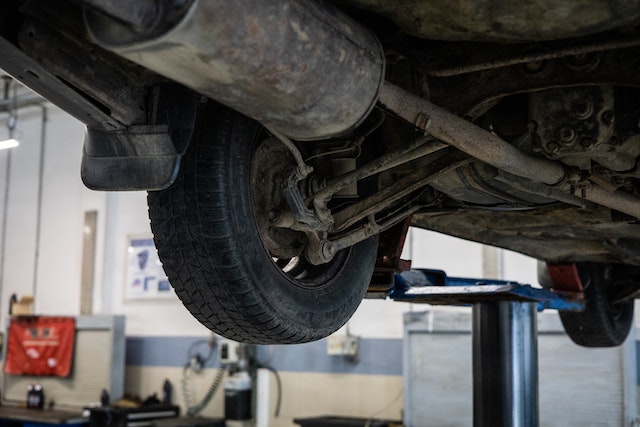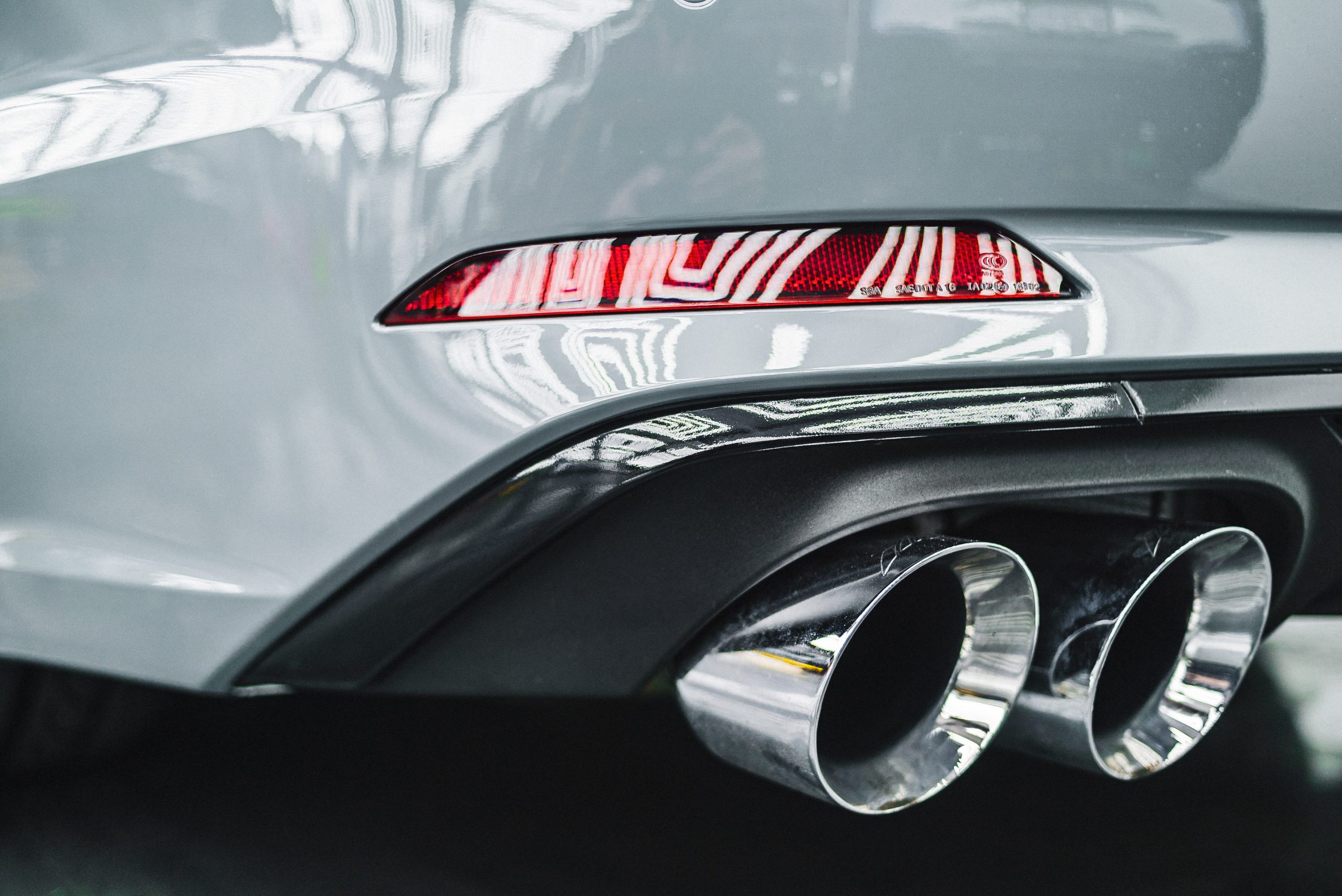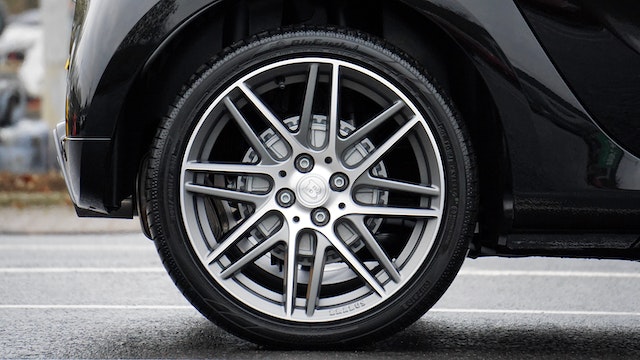If you’re a car enthusiast, you may have heard of a muffler delete. This is a modification that involves removing the muffler from the exhaust system of a vehicle. While a muffler delete can give your car a louder, more aggressive sound, it’s important to understand the potential pros and cons before making this change. In this post, we’ll cover everything you need to know about muffler deletes.
Pros of a Muffler Delete:
1. Increased Performance: By removing the muffler, the exhaust system can flow more freely, which can lead to increased horsepower and torque. This can result in faster acceleration and improved overall performance.
2. Aggressive Sound: If you’re looking for a louder, more aggressive exhaust note, a muffler delete can certainly deliver. This modification can give your car a deeper, throatier sound that will turn heads.
Cons of a Muffler Delete:
1. Illegal in Some States: In some states, a muffler delete is considered illegal and can result in a fine or even the impounding of your vehicle. Make sure to check your state’s laws before making this modification.
2. Louder Noise: While some people may enjoy the sound of a louder exhaust, others may find it obnoxious or even painful to listen to for extended periods of time. A muffler deletion can also cause increased interior noise levels, which can be disruptive to the driver and passengers.
3. Reduced Resale Value: Removing the muffler can be seen as a negative modification by some potential buyers, which can result in a reduced resale value for your vehicle.
Types of Mufflers
There are several types of mufflers available, each with its own unique design and sound-dampening characteristics. In this post, we’ll cover the most common types of mufflers.
1. Straight-Through Mufflers
Also known as “glass packs,” straight-through mufflers have a simple design that consists of a perforated tube surrounded by sound-absorbing material, typically fiberglass. Exhaust gases flow through the perforated tube and are then absorbed by the sound-deadening material. These mufflers are often used in high-performance applications due to their ability to provide minimal backpressure and an aggressive exhaust note.
2. Chambered Mufflers
Chambered mufflers are designed with a series of chambers that are separated by internal baffles. As exhaust gases flow through each chamber, they bounce off the baffles, which help to reduce noise levels. Chambered mufflers can provide a deeper, more refined exhaust note compared to straight-through mufflers.
3. Resonator Mufflers
Resonator mufflers are similar in design to straight-through mufflers, but they also include a resonator chamber. The resonator is designed to cancel out specific frequencies of sound waves, helping to reduce exhaust noise without significantly affecting exhaust flow. These mufflers are often used in high-performance applications where a balance between performance and noise reduction is desired.
4. Turbo Mufflers
Turbo mufflers are designed with an S-shaped internal passage that helps to reduce exhaust noise while minimizing backpressure. As exhaust gases flow through the muffler, they travel through a series of chambers that are designed to cancel out specific frequencies of sound waves. These mufflers are often used in high-performance applications where minimal backpressure and a refined exhaust note are desired.
In Conclusion
A muffler delete can provide a louder, more aggressive exhaust note and improved performance. However, it’s important to understand the potential legal implications, increased noise levels, and reduced resale value. If you’re considering a muffler delete, make sure to do your research and weigh the pros and cons carefully before making a decision.














